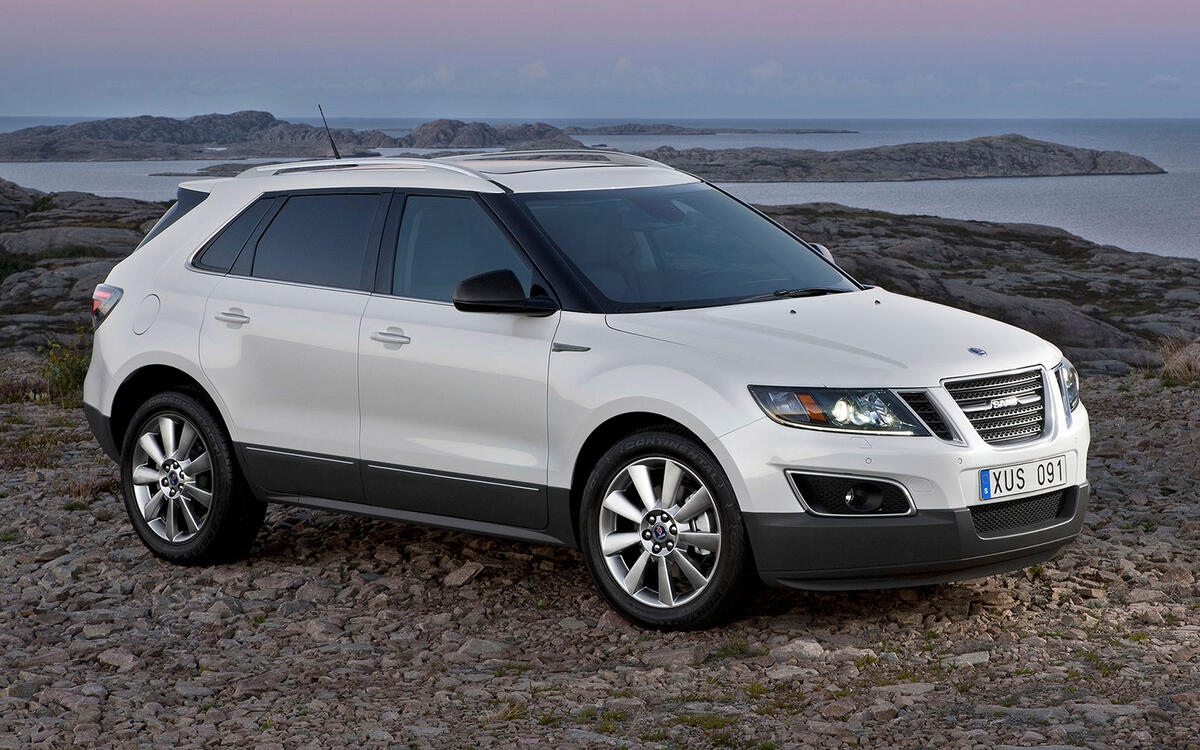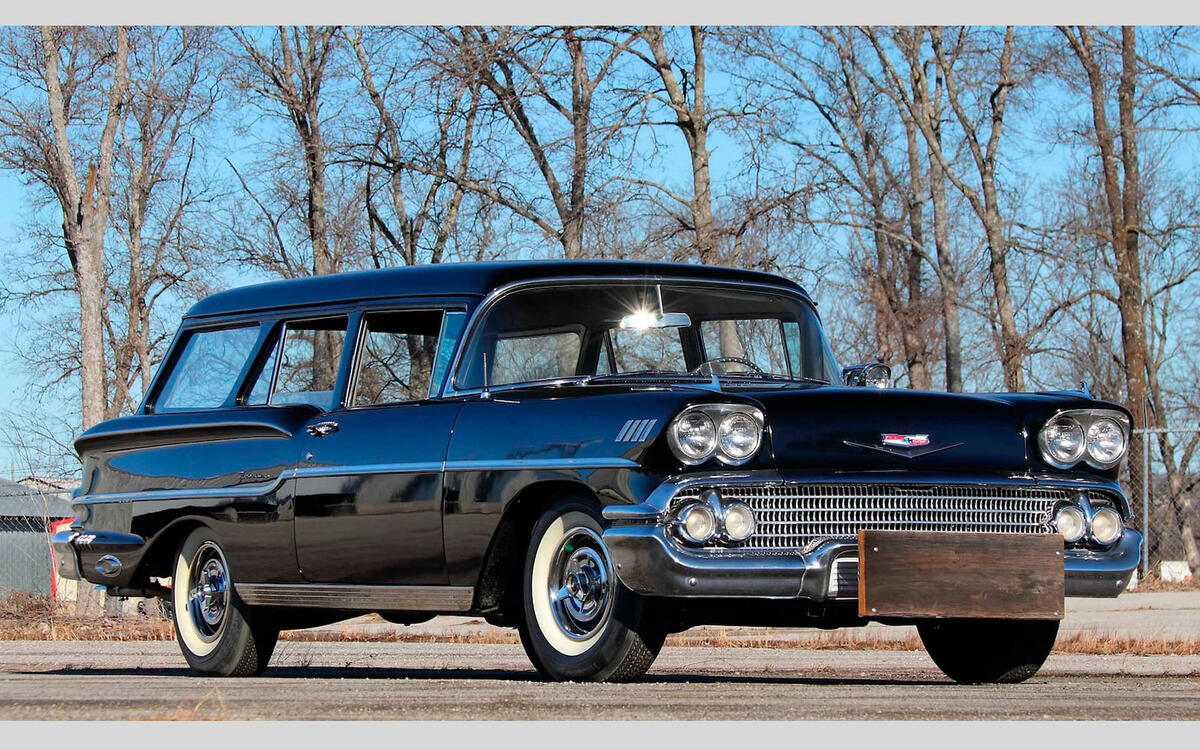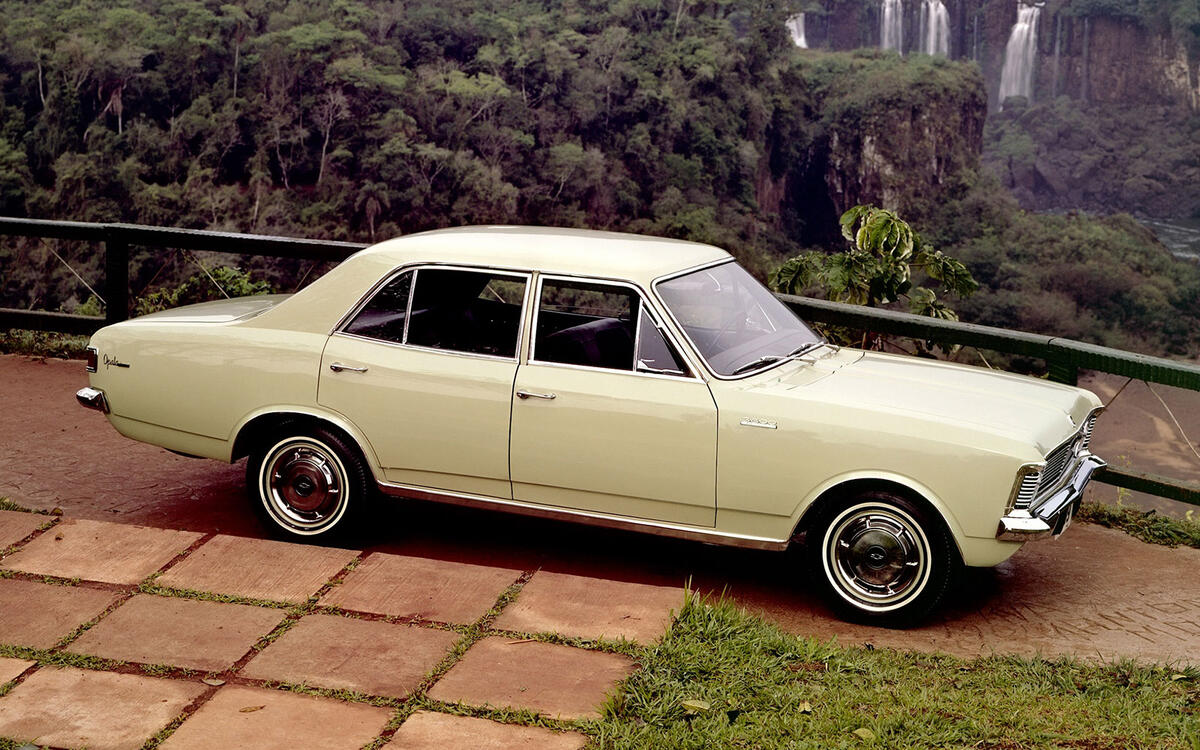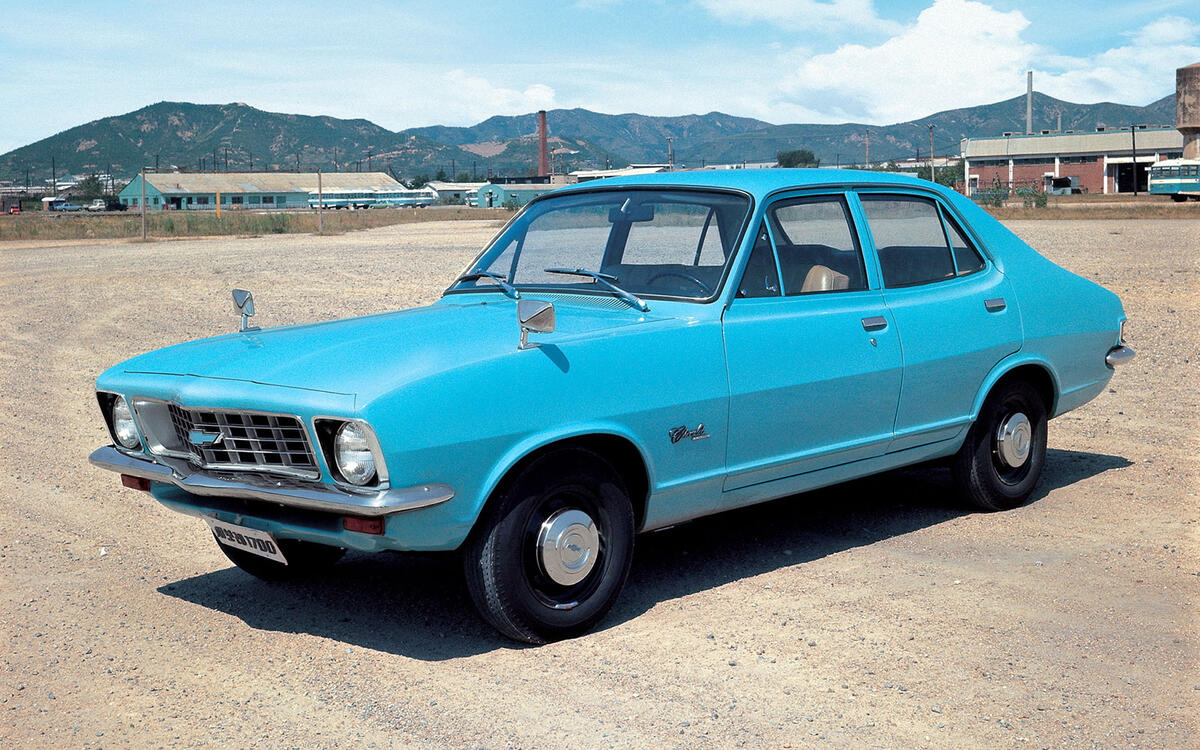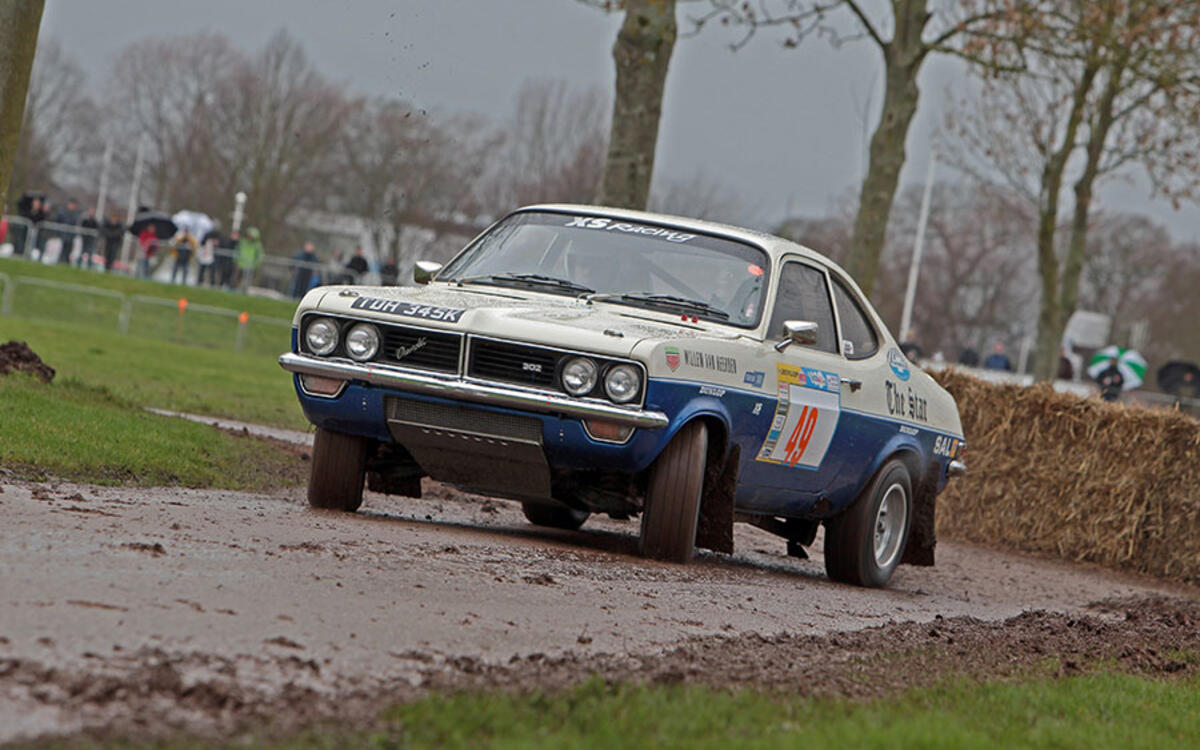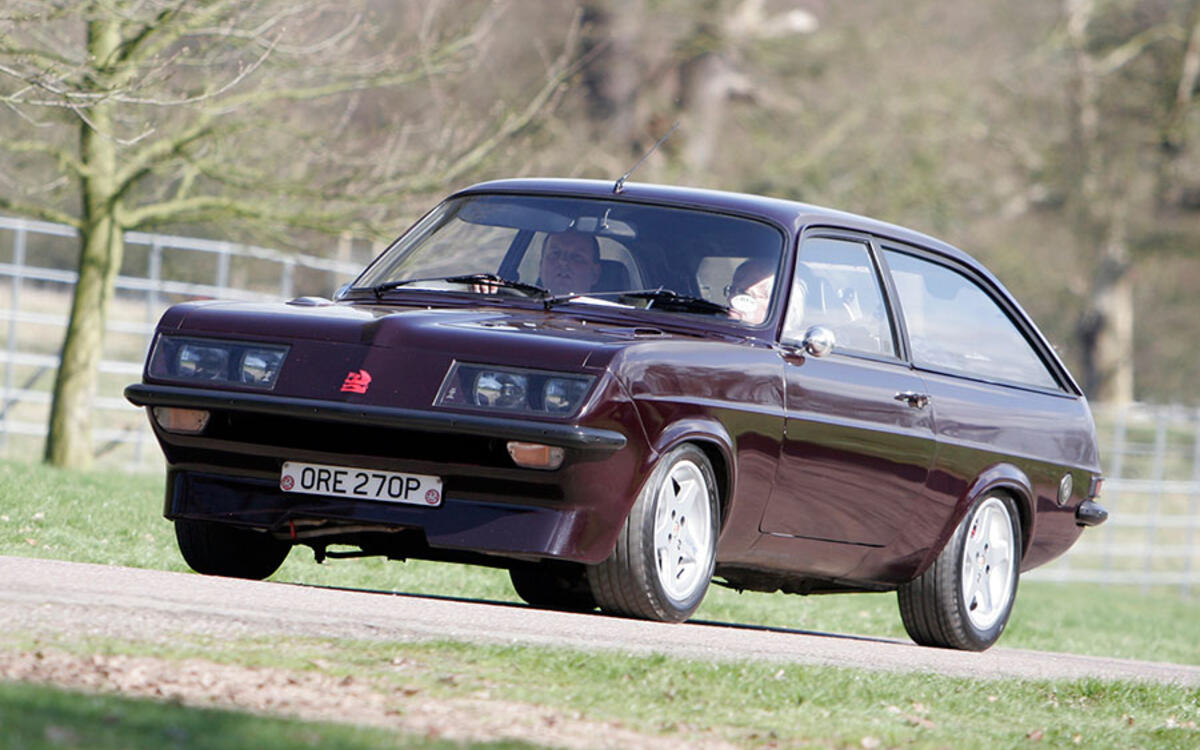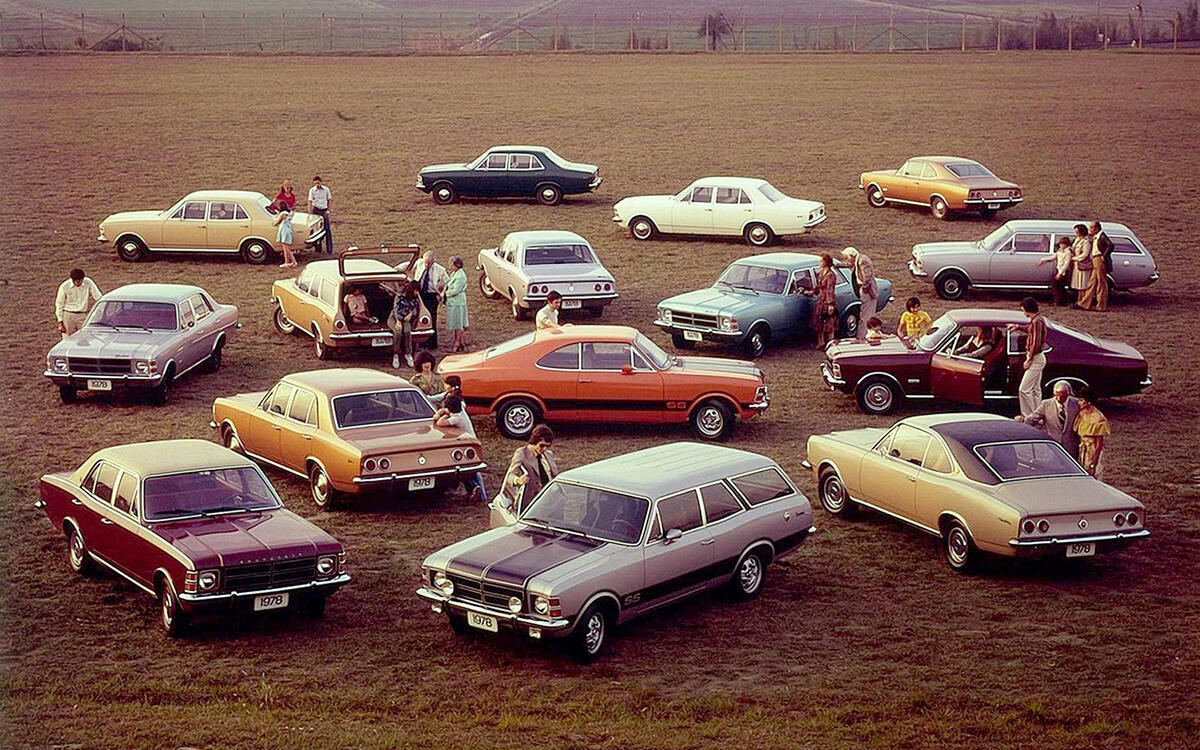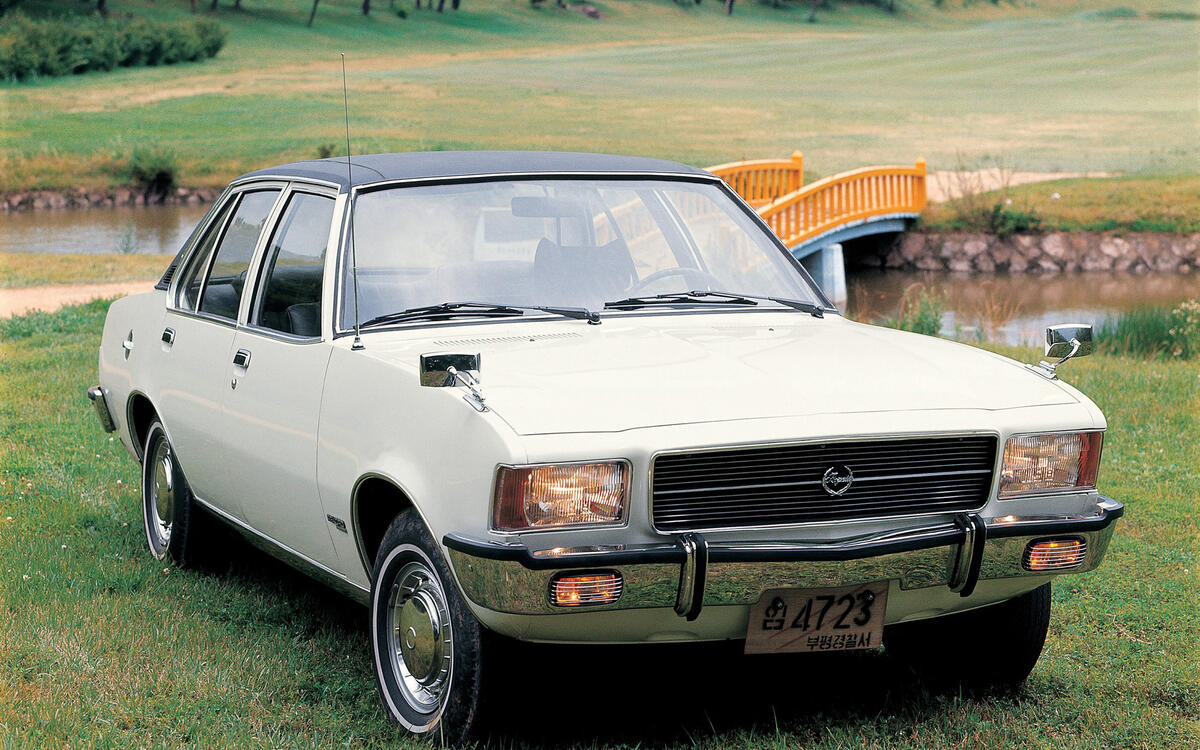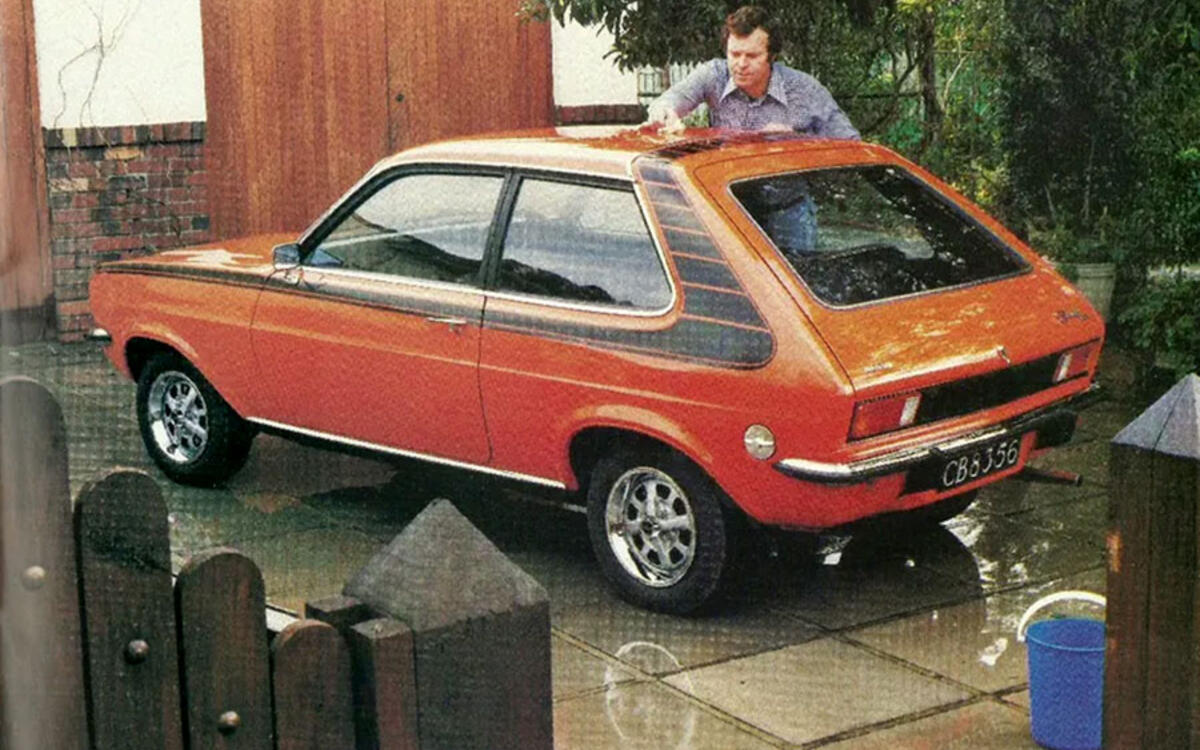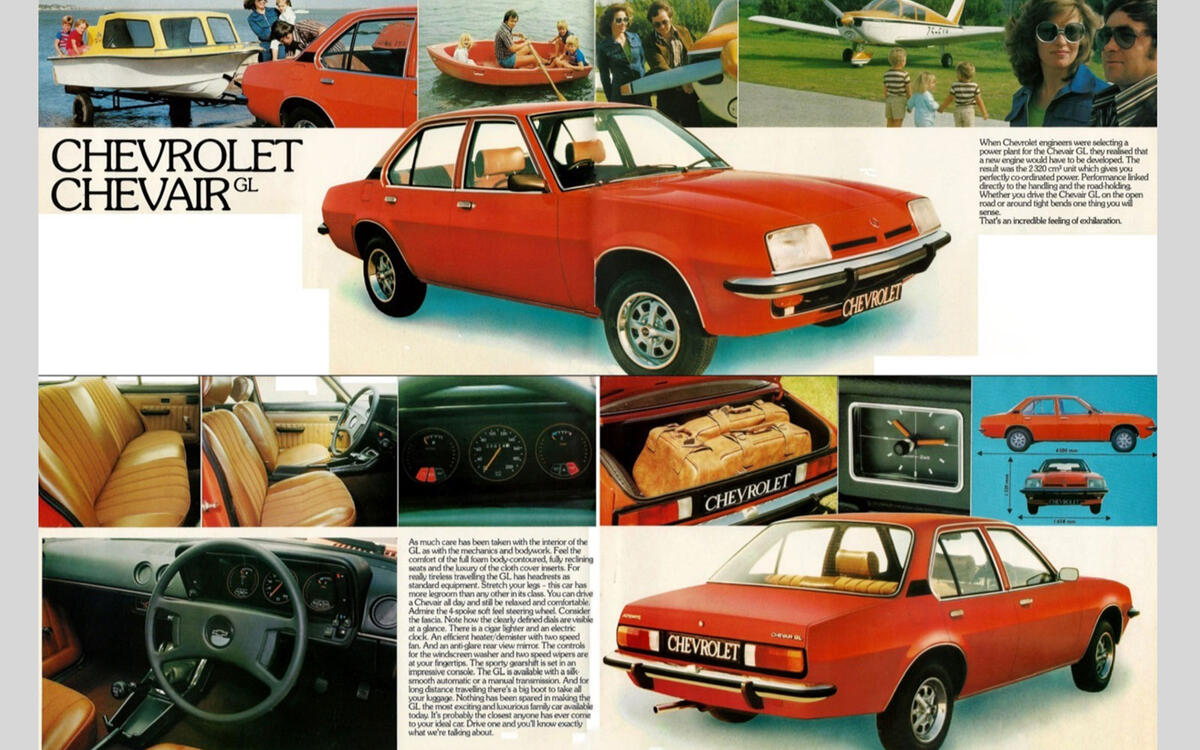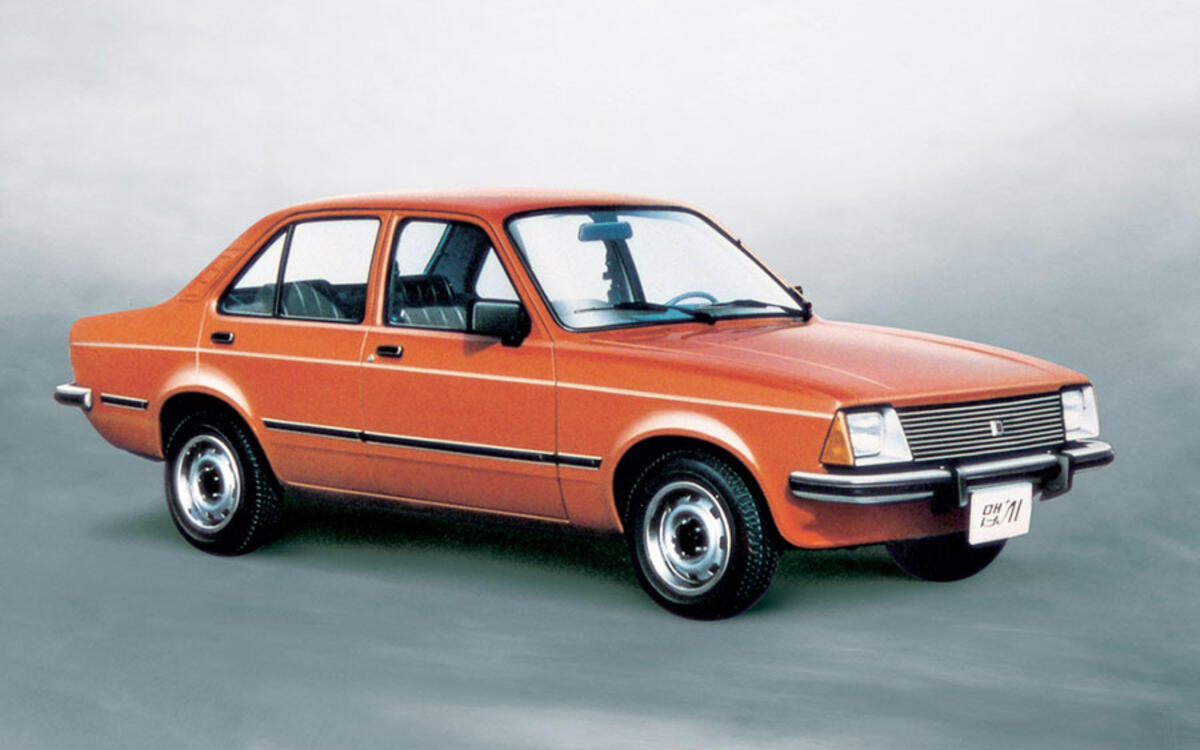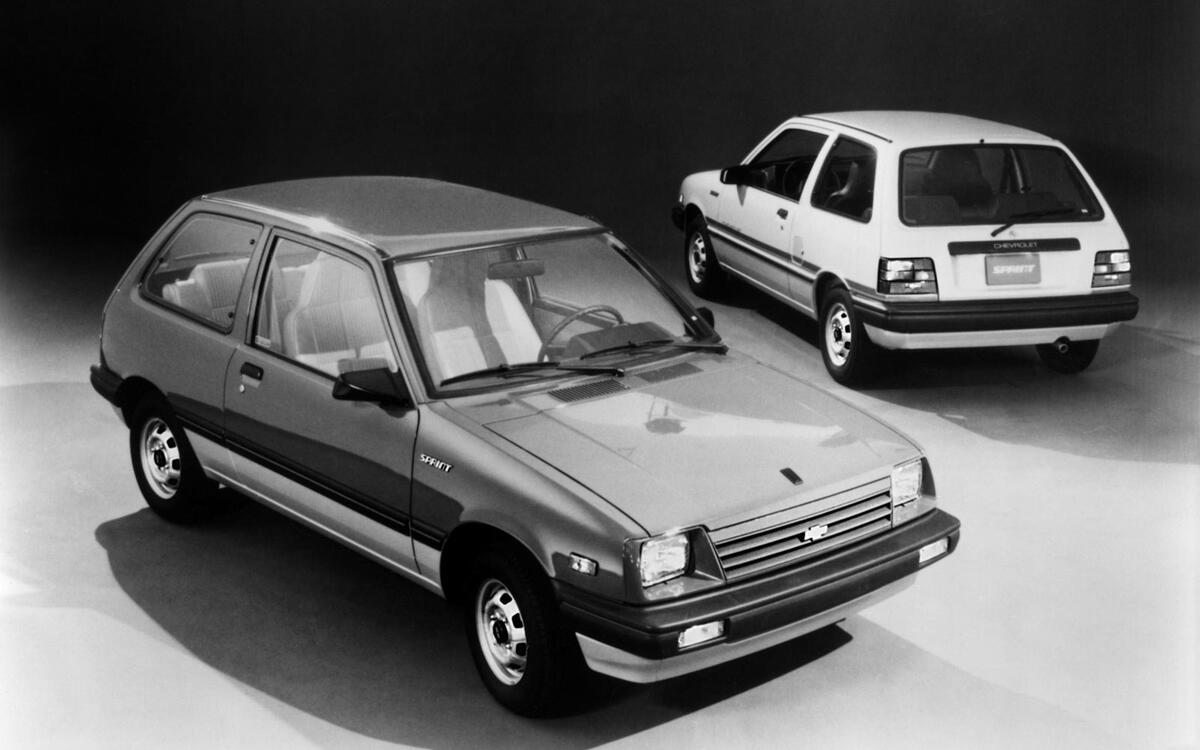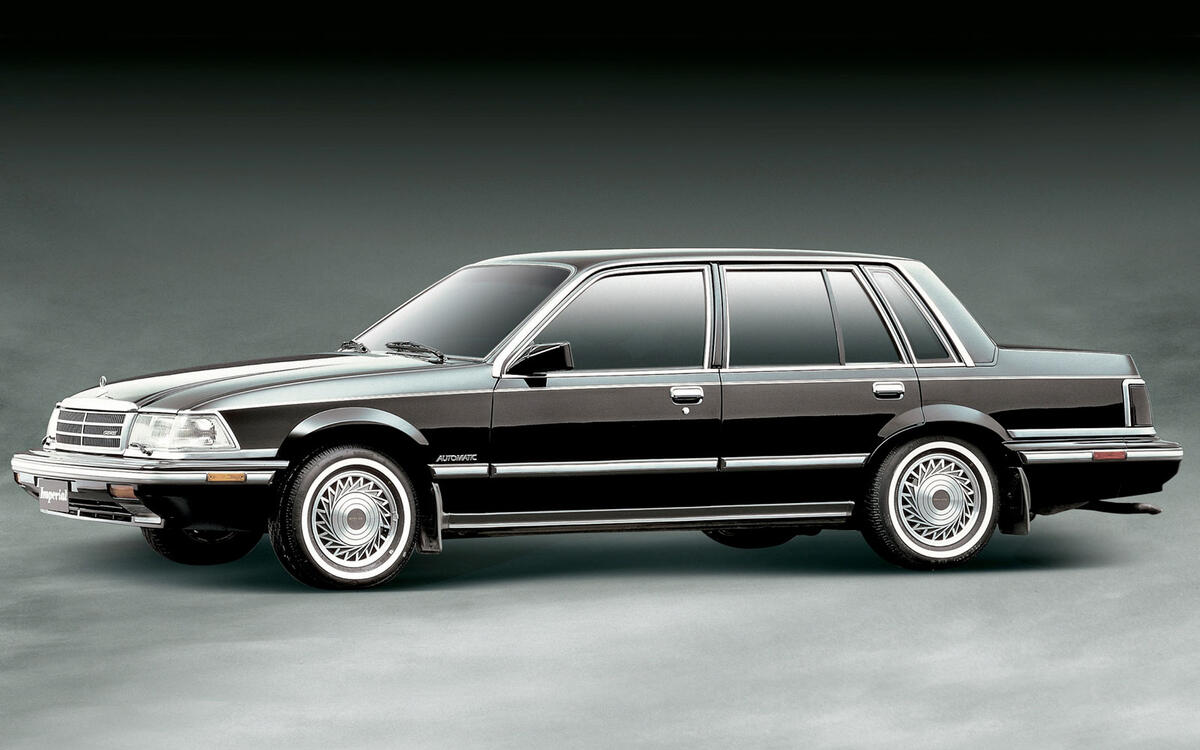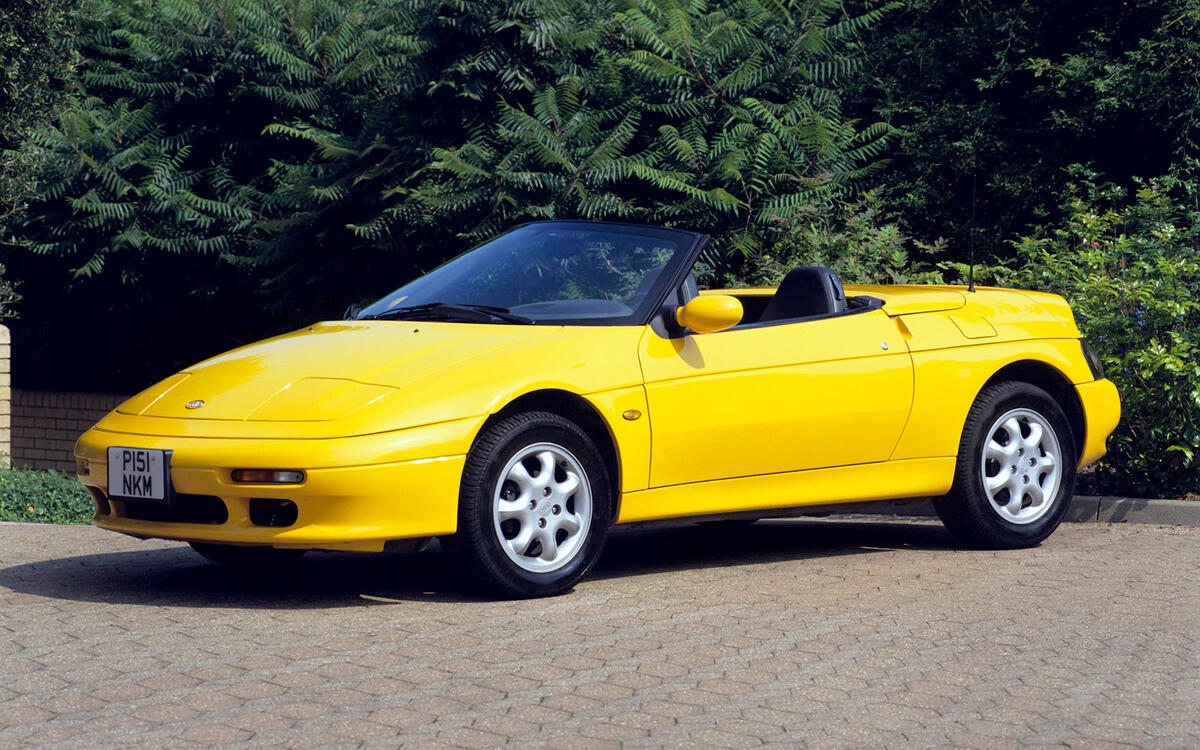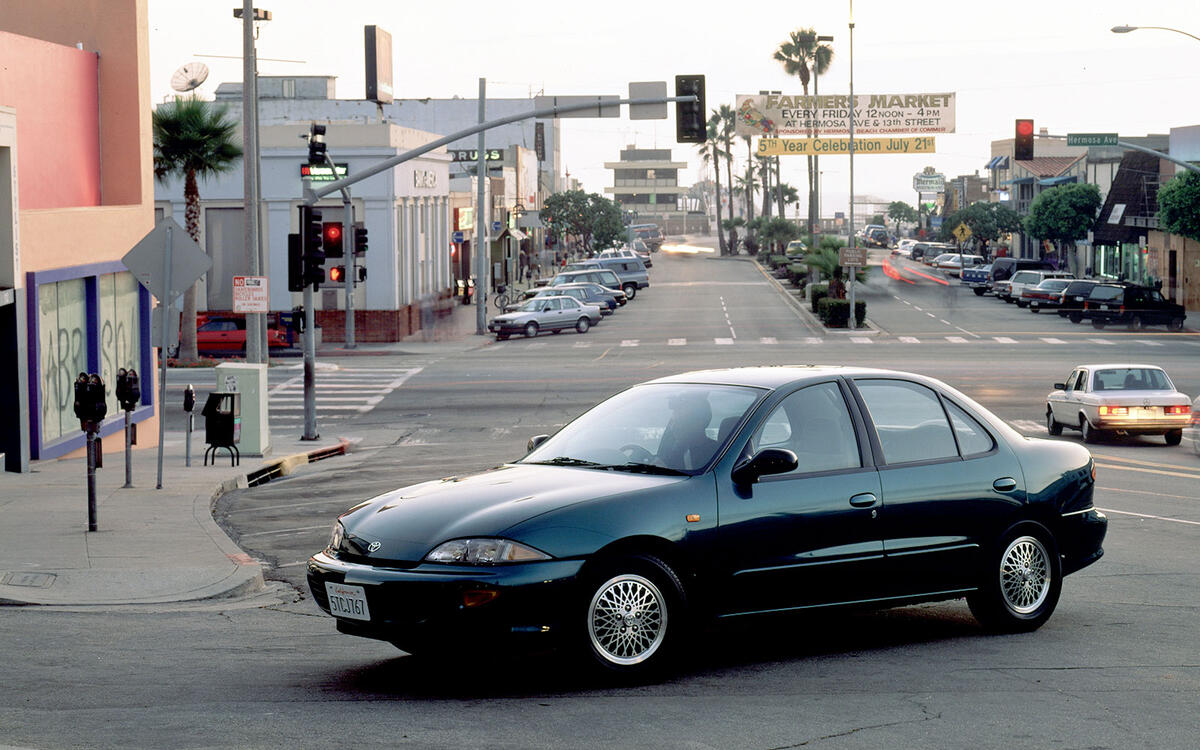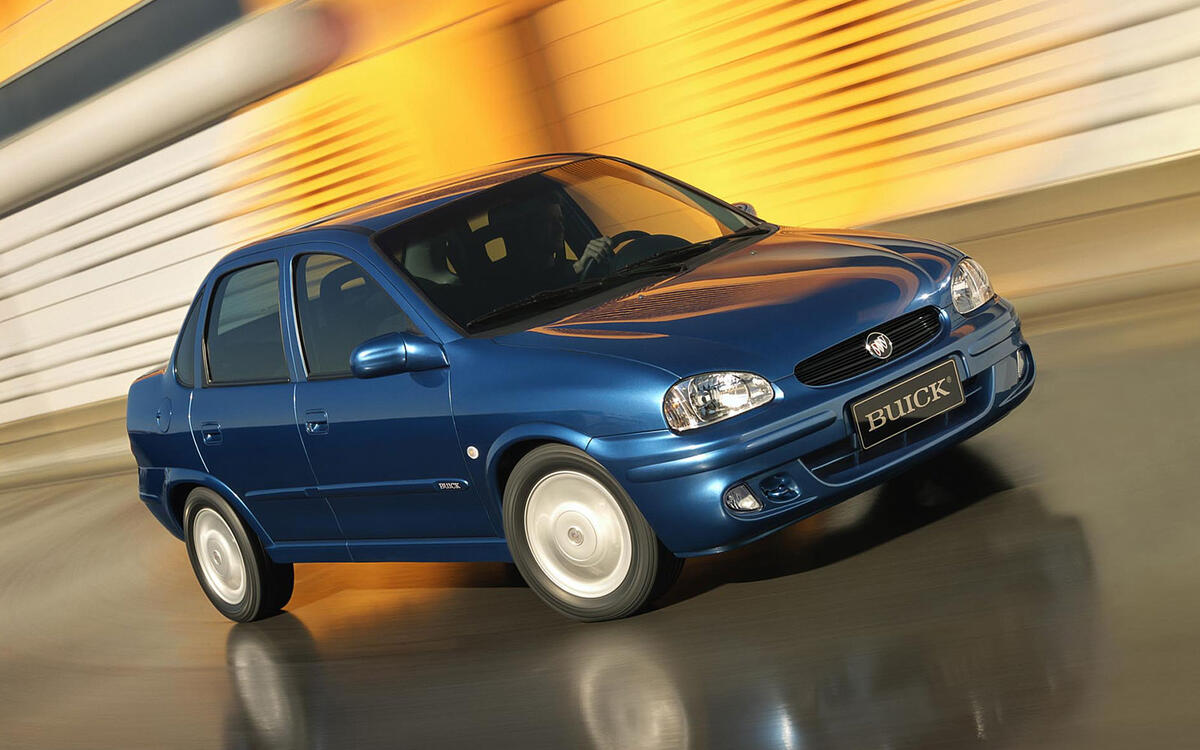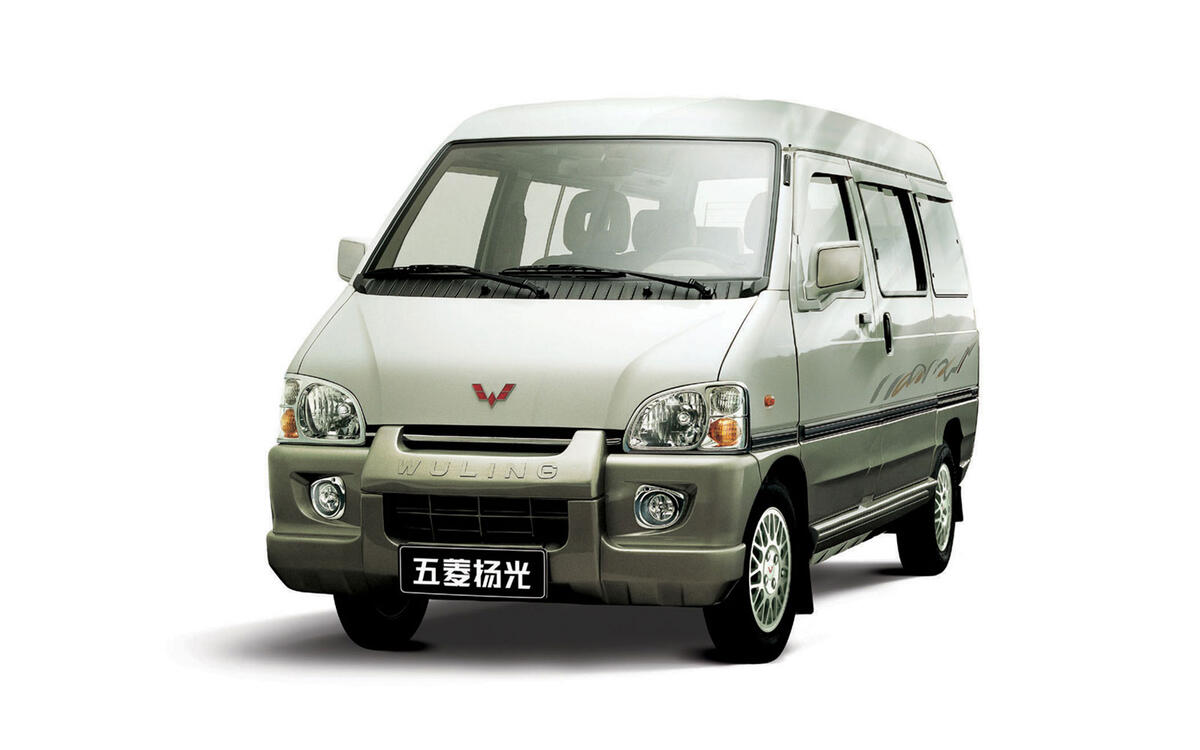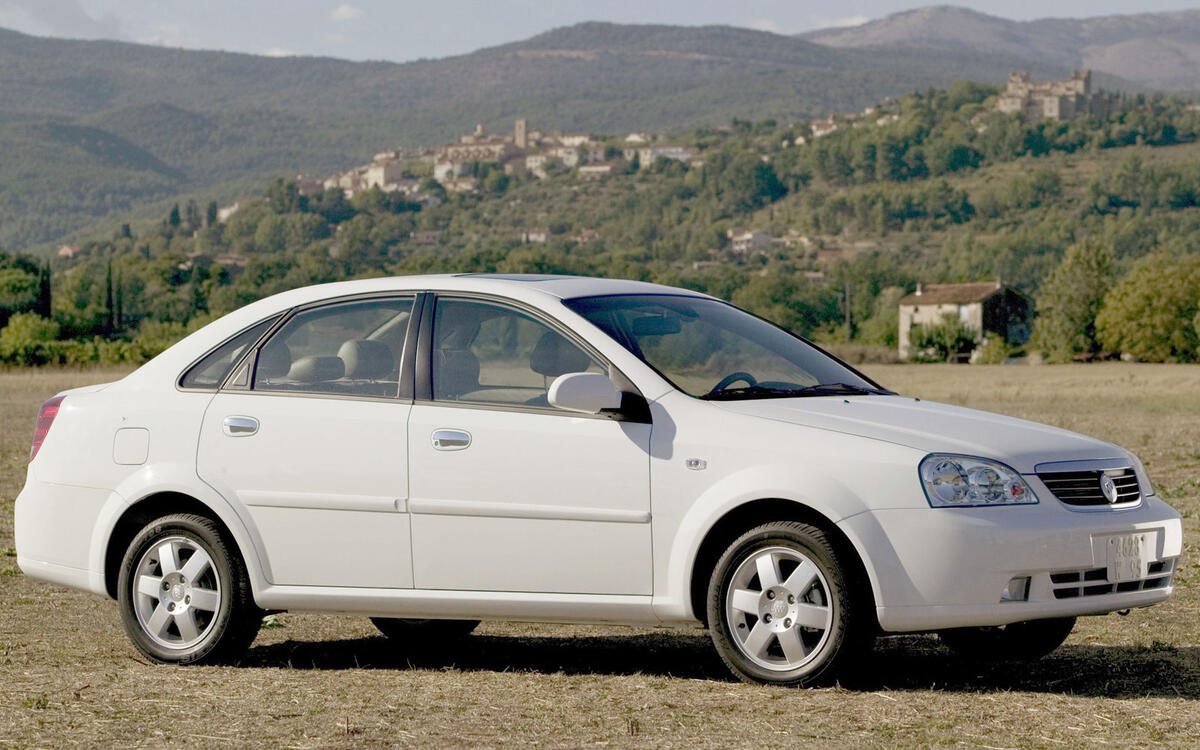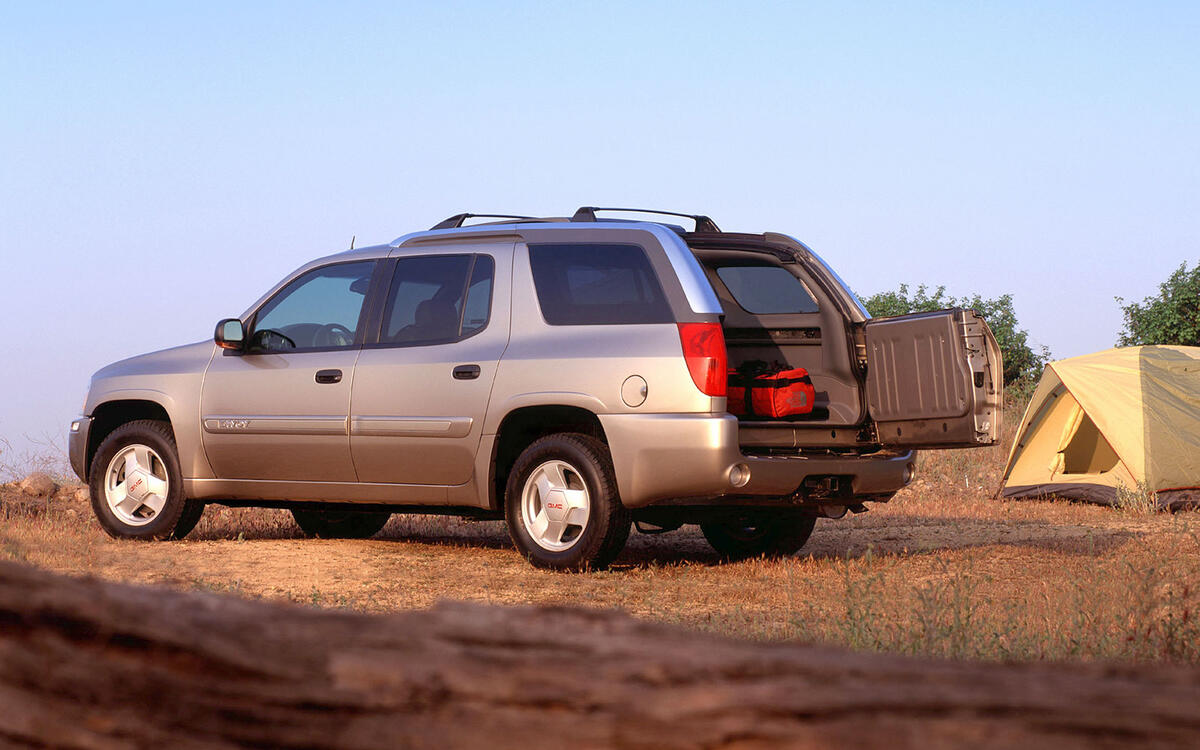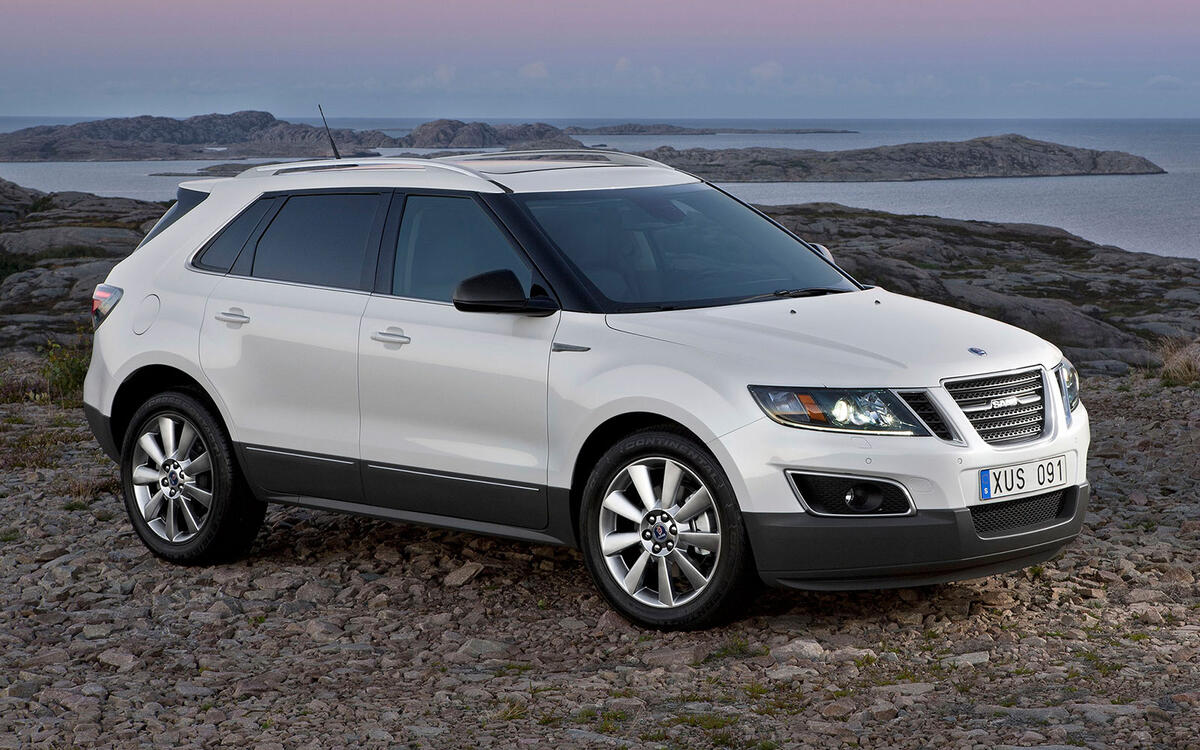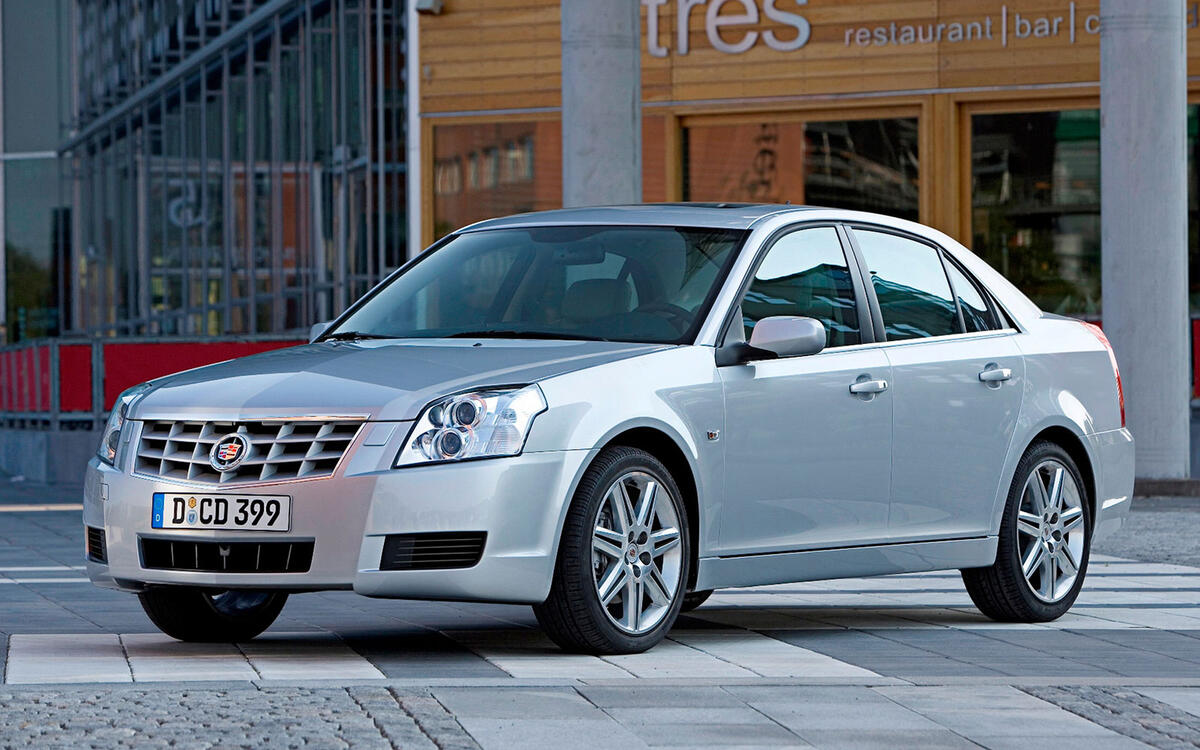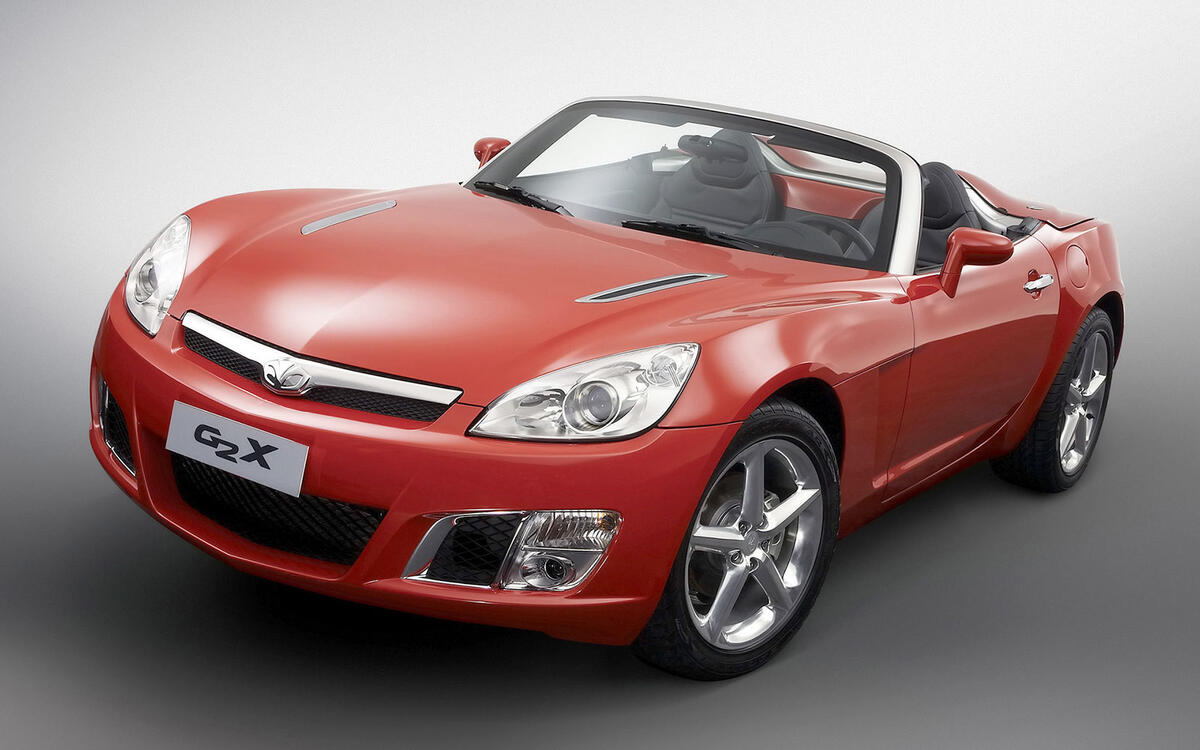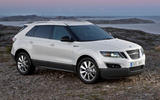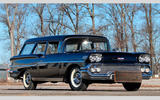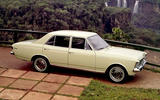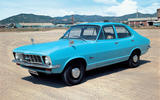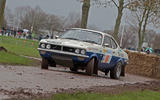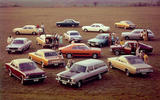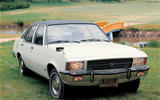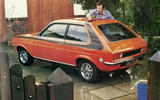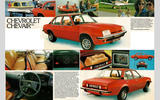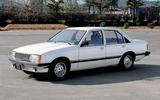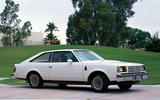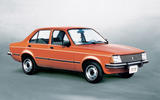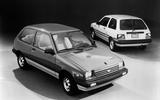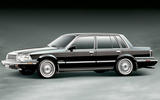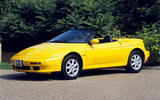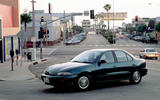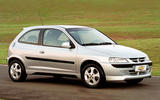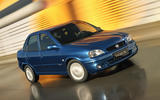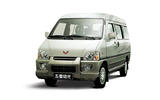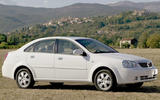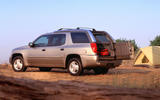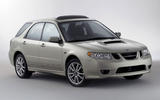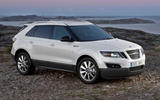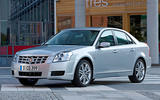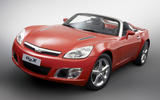 Slide of
Slide of
Founded in 1908, for decades General Motors was the world's biggest car maker with factories around the world.
Many of these churned out unique products for the local market. With divisions in South America, Africa and Asia as well as Europe, Australia and the US, these are just some of the GM obscurities that have probably passed you by…
 Slide of
Slide of
Chevrolet Yeoman (1958)
Chevrolet produced a raft of well-known brands throught the fifties and sixties, but the Yeoman was not among them. Available with straight-six or V8 engines, the Yeoman was a Delray-based station wagon with either two or four doors, both capable of carrying six people. As an entry-level model the Yeoman sold poorly and was canned after just one season, in which fewer than 20,000 examples were sold.
 Slide of
Slide of
Chevrolet Opala (1969)
With its hefty import taxes, Brazil has its own car industry, because bringing cars in from outside is simply too costly. As a result, an array of cars exist uniquely in this South American country, with the Chevrolet Opala being, one of them, built between 1969 and 1992. Based on the Opel Rekord, the Opala was GM Brazil's first locally manufactured and engineered car, available only as a four-door saloon with four- or six-cylinder petrol engines.
 Slide of
Slide of
Chevrolet 1700 (1972)
GM's first major joint venture was with Korean car maker Shinjin. The collaboration began in 1972 and the first fruit was the Chevrolet 1700, based on the Holden Torana LJ, which was offered in saloon, estate and pick-up forms. A facelift in 1976 led to the Chevrolet branding being ditched as a new marque was launched instead: Saehan, with the 1700 also being rebranded as the Camina.
 Slide of
Slide of
Chevrolet Firenza Can Am (1973)
The Vauxhall Firenza was one of those seventies coupés that was all mouth and no trousers. While it looked reasonably stylish, its 1159cc four-cylinder engine was pretty gutless. In South Africa the Firenza was sold as a Chevrolet, and to compete in racing there, GM built a 5.0-litre V8-powered Firenza called the Can-Am, 100 examples of which had to be built for homologation purposes. The Camaro Z28 engine provided a 143mph top speed with 0-62mph taking just 5.4 seconds. Some ended up fettled for rallying too, as pictured.
 Slide of
Slide of
Vauxhall Sportshatch (1976)
The Vauxhall Firenza-based Droop Snoot, built between 1973 and 1975, is reasonably well known. The plan was to build at least 1000 each year, but the total ran to just 204, which left Vauxhall with a lot of unwanted glassfibre nose cones. The solution was to graft these on to a Magnum estate and despite the fact that the Sports Hatch was never officially listed as a production model, 197 were sold – just seven fewer than the official Droop Snoot.
 Slide of
Slide of
Chevrolet Comodoro (1975)
The Opala range proved hugely successful for GM Brazil, and in time there would be ever more luxurious versions introduced, along with coupé and estate editions with the latter called the Caravan; shown here is the extent of the 1978 Opala model range. At the top of the range was the Gran Luxo which in 1975 was spun off as a separate model called the Comodoro, with a six-cylinder engine. It even had a clock, radio and vinyl roof as standard. That was some serious luxury.
 Slide of
Slide of
Saehan Rekord (1975)
The Opel Rekord had been built in Korea as early as 1973, just a year after GM set up shop there, working in conjunction with Shinjun. Those early Korean Rekords were identical to their German counterparts, but in August 1975 came the arrival of the Saehan brand which brought a raft of small design changes to make this executive saloon more appealing to local tastes. Two models were offered: the entry-level Premier and the range-topping Royale.
 Slide of
Slide of
Chevrolet 1300 (1976)
GM has a habit of offering the same bodyshells around the globe, but with market-specific styling and engine options. In 1976 it unveiled a Firenza-based hatchback for the South African market, known simply as the 1300. Featuring unique body pressings aft of the B-pillar (but with a Vauxhall Chevette tailgate to cut costs), the Chevrolet 1300 was a sales disaster, with buyers not at all willing to buy a three-door compact hatch.
 Slide of
Slide of
Chevrolet Chevair (1977)
GM South Africa didn't have much luck selling its own version of the Vauxhall Viva HC, so in 1976 it introduced a new compact family saloon, based on the first-generation Vauxhall Cavalier/Opel Ascona. To make it more appealing to the local market a Manta B front end was grafted on – although in 1978 the Chevrolet Ascona was introduced, using the same nose as the Opel original.
 Slide of
Slide of
Saehan Royale (1978)
Picking up where the Opel Rekord D-based Saehan Rekord Royale left off, the Rekord E-based Saehan Royale arrived in 1978. Buyers could choose between petrol and diesel engines and just one bodystyle: a four-door saloon that from 1983 would be sold as the Daewood Royale.
 Slide of
Slide of
Buick Century Turbo coupé (1979)
The seventies was a torrid decade for car makers, thanks to fuel shortages and demands from legislators for lower emissions. Turbocharging became more fashionable and in 1978 GM's Buick division introduced the Regal and LeSabre coupés with turbocharged 3.8-litre V6 engines intead of naturally aspirated V8s. Then in 1979 came the Buick Century Turbo coupé, which struck a decent balance between economy and performance – but just a few were built before production was halted after just one year.
 Slide of
Slide of
Daewoo Maepsy (1982)
When the Saehan brand was set up Korea, one of its first products was the Gemini, based on the Opel Kadett/Vauxhall Chevette – GM's first world car. Only a four-door saloon was offered, with a 1.5-litre Opel overhead-cam four-cylinder petrol engine. In 1982 the Gemini name was switched to Maepsy but very soon after, the Saehan brand was retired too, with Daewoo then taking over.
 Slide of
Slide of
Chevrolet Sprint (1985)
In most parts of the world this small hatch was sold as the Suzuki Cultus or Swift, but for a while in the mid-eighties it assumed a whole raft of GM identities. In Canada and some parts of the USA it was marketed as the Chevrolet Sprint but in Australia it was the Holden Barina – and in Canada it was also available as the Pontiac Firefly.
 Slide of
Slide of
Daewoo Imperial (1989)
By the start of 1983 the Saehan brand had been dropped in favour of Daewoo, which got ideas above its station when it introduced Korea's first luxury car in 1989. The Daewoo Imperial was an evolution of the Royale and it came only with a 3.0-litre straight-six as seen in the Vauxhall/Opel Senator. Extremely highly specified, the Imperial was available for five years but just a few hundred examples were sold in that time.
 Slide of
Slide of
Kia Elan (1995)
This one is slightly tenuous in that GM owned Lotus when the front-wheel drive Elan (M100) was introduced in 1989, the acquisition having taken place in 1986. Just seven years later Lotus was then sold to Bugatti owner Romano Artioli, and two years after that, in 1995, the rights to build the Elan were sold to Kia. Available only in Kia's home market of Korea, the Elan enjoyed a second lease of life between 1996 and 1999.
 Slide of
Slide of
Toyota Cavalier (1995)
Produced between 1982 and 2005, the Cavalier was a budget family compact saloon that was uninspiring but affordable, so it proved a good seller for Chevrolet. GM also built the Cavalier in its Lordstown (Ohio) factory, for Toyota to sell in its home market. Utterly devoid of character, the Toyota Cavalier was offered for five years – not that it proved popular with buyers. The Lordstown factory was sold to Lordstown Motors in 2019, which plans to build electric pickups there.
 Slide of
Slide of
Chevrolet Celta (2000)
GM went on a major expansion drive in Brazil at the start of the new millennium, with a new factory opened. Known as the Gravatai Complex, GM claimed that it was the world's most efficient car factory, and one of its core products was the Celta, a reworked Opel Corsa. While the Celta wasn't especially interesting technically, it was notable for being the first car that GM Brazil tried to sell online – which was cutting-edge in 2000.
 Slide of
Slide of
Buick Sail (2000)
Three months after the Chevrolet Celta went on sale, the first Buick Sails started to roll off the production line in China. The Buick Sail was the Chinese take on the Opel Corsa B but it didn't come in hatchback form – instead there were only four-door saloons and five-door estates available, powered by 1.2, 1.4 or 1.6-litre petrol engines.
 Slide of
Slide of
Wuling Sunshine (2002)
Chinese company Wuling was set up in 1958 to build machinery; by 1964 it had started to produce tractors. Jump forward two decades and GM bought into Wuling which by now was making microbuses, which were immensely popular in China. Working with GM, Wuling introduced the Sunshine microbus in 2002 and it quickly became a best seller, thanks to its ability to carry eight adults. The Sunshine is still in production with hundreds of thousands made every year.
 Slide of
Slide of
Buick Excelle (2003)
When GM acquired Daewoo in 2002, after the latter had gone bust, the former teamed up with Chinese car maker SAIC. Within a year the Daewoo Lacetti had been revived, but facelifted and relaunched as the Buick Excelle. As a compact saloon it sat above the Buick Sail, powered by either a 1.6 or 1.8-litre petrol engine.
 Slide of
Slide of
GMC Envoy XUV (2004)
Combining segments is nothing new. Sometimes it leads to great things but all too often it ends up being one of those 'it seemed like a good idea at the time' moments. Take the GMC Envoy XUV for example, which was a blend of SUV and pick-up truck, with its retractable roof section over the rear. GM reckoned it could shift 30,000 annually but by March 2005 production had stopped, one year in and with just 12,000 sold.
 Slide of
Slide of
Saab 9-2X (2004)
When the 9-2X was launched in 2005, Saab was wholly owned by GM, which also had a 20% stake in Subaru's parent company Fuji Heavy Industries. Combining the two brands made perfect sense to GM, if nobody else. The result was an Impreza Wagon with a Saabified nose and tail, extra soundproofing and more orthopaedic seats. But within a year GM had bailed out of Fuji Heavy Industries and the 9-2X was canned with just over 10,000 made.
 Slide of
Slide of
Saab 9-4X (2004)
Much rarer than the 9-2X was the Saab 9-4X, which was launched in 2010 and by the end of 2011 had been axed with just 800 or so examples produced. Effectively a rebodied Cadillac SRX, the 9-4X was based on GM's four-wheel drive Theta platform and came with a choice of 2.8 or 3.0-litre V6 petrol engines. Incidentally, the 9-4X was the only Saab to be built in Mexico.
 Slide of
Slide of
Cadillac BLS (2007)
Cadillac is synonymous with gas guzzlers and is one of the most American brands of all. So when GM decided to design and build a Cadillac just for Europe, based on the Saab 9-3, most grounded onlookers assumed that the project would end in tears. And sure enough it did, with the Cadillac BLS saloon and estate selling in tiny numbers before Cadillac retreated once again.
 Slide of
Slide of
Daewoo G2X (2007)
Daewoo went bust in 1999 and two years later GM bought up the automotive division, Daewoo Motor. The result was a company called GM Daewoo, marketed as a budget car brand – so a Daewoo version of the car sold in the US as the Pontiac Solstice and Saturn Sky, and in Europe as the Opel Speedster, was pretty unexpected. Unveiled in 2007, the Daewoo G2X was sold only in South Korea.
Over the years, General Motors has produced a whole raft of models that you probably never knew existed…
Advertisement


